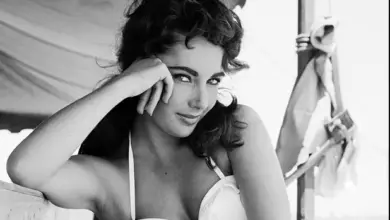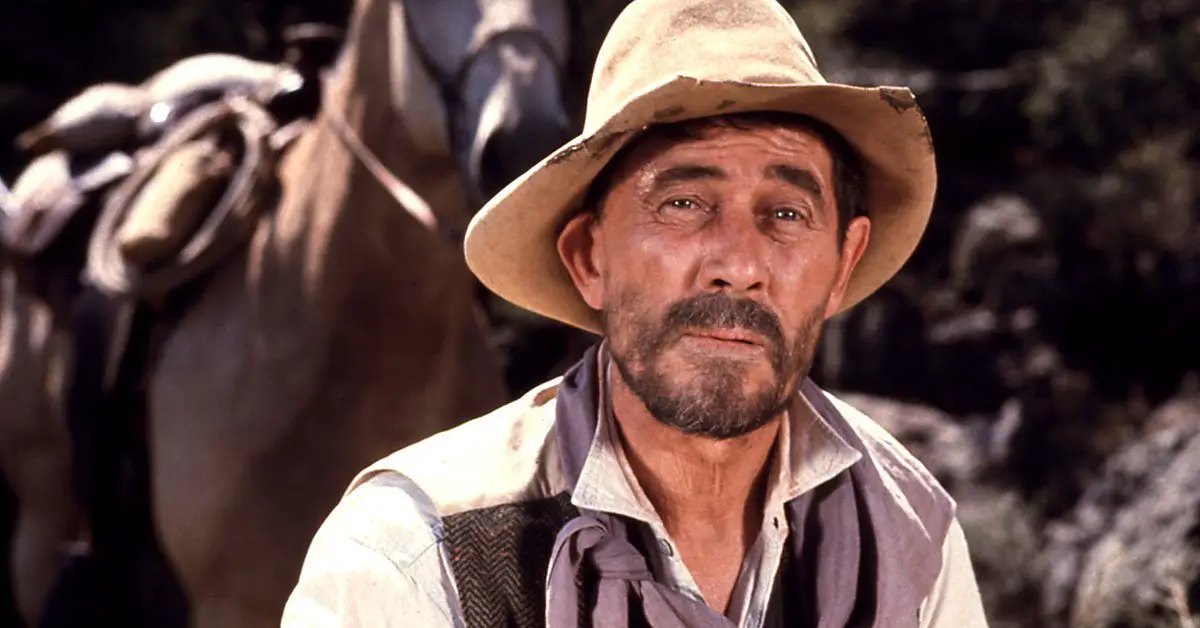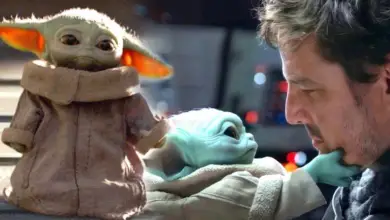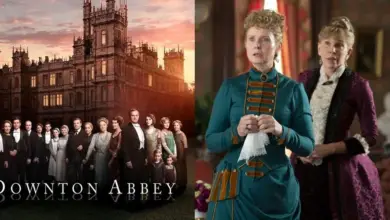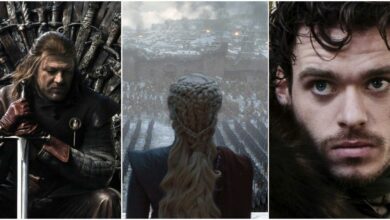The Book of Boba Fett Isn’t Connecting With Audiences – Here’s Why
Though they share the same galaxy and creative team, The Book of Boba Fett differs from The Mandalorian in its construction and purpose.
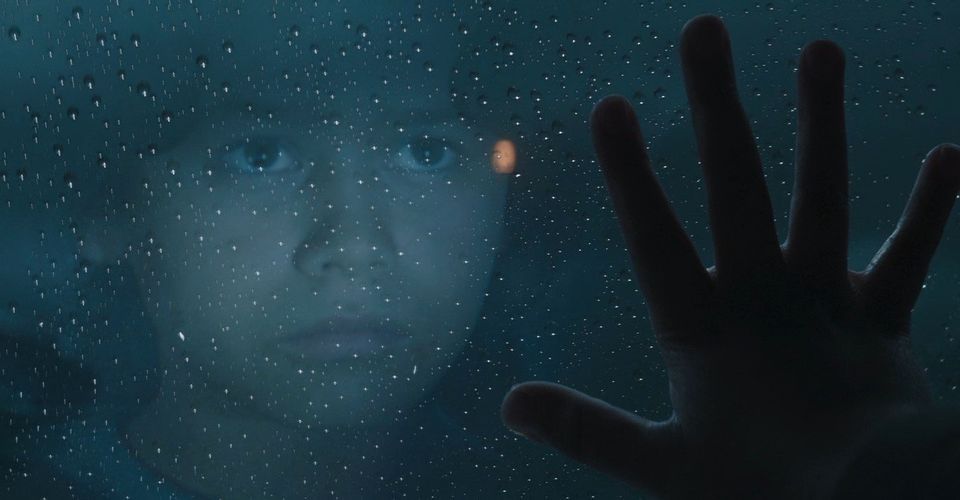
We’re more than halfway through The Book of Boba Fett; at this point, it’s safe to say the Disney+ series just isn’t connecting with audiences in the same way its phenomenally popular predecessor, The Mandalorian, did. So what gives? The Book of Boba Fett (or at least half of it) picks up where The Mandalorian leaves off, and it’s made by the same core creative team, including proven entities like Dave Filoni, Jon Favreau, Robert Rodriguez and Bryce Dallas Howard. Though they’re set in the same galaxy at roughly the same time and feature an overlapping cast of characters, the two shows are noticeably different in their construction and purpose. This is why The Book of Boba Fett has struggled to turn the page:
The Editing Is Sloppy

The premiere episode made it clear that The Book of Boba Fett would explore two timelines: one following the events of Return of the Jedi and another following the events of the second season of The Mandalorian. Historically, Star Wars has used gimmicks like flashbacks only sparingly (see: glimpses of the childhoods of Jyn Erso, Din Djarin and Rey), but this could’ve been a perfectly fine structure for a Boba Fett show. Fans obviously wanted canonical confirmation of how he escaped from the Sarlacc pit, and a post-credits scene had already established that he’d usurped Jabba’s throne from Bib Fortuna. The dual timelines aren’t the problem; the execution is.
The first time we saw Boba in the bacta tank, it was a helpful device to distinguish the show’s past from its present. The third time, it felt inelegant and the fifth time it was frankly a little insulting. After introducing the concept of the bacta tank memories, the show should’ve given the audience enough credit to figure out the timelines based on context clues. However, the more systemic weakness is the first draft-like editing. The pace can drag. The episodes end on neither climaxes nor cliffhangers. Key information is doled out in a manner that not only fails to build tension but makes Boba look like an ineffectual leader. It makes absolutely no sense that 8D8 would wait until Episode 3 to explain the political landscape of Mos Espa to Boba and Fennec, let alone the viewer. And worst, the two timelines don’t mesh together meaningfully. The result is a narrative that meanders and doesn’t ever hook its already baited fanbase.
It’s Too Dark

Game of Thrones famously disappointed fans with the much-hyped Battle of Winterfell in Season 8’s “The Long Night”. Arguably the climax of the entire series, the episode — one of the longest and most expensive in TV history — was so poorly lit, audiences couldn’t make out what was happening, to the point the supposed greatest TV battle ever staged became a meme. The Book of Boba Fett isn’t so egregious, but it seems not to have learned any lessons from “The Long Night”. Though the show does boast a handful of gorgeous compositions, overall, it’s much darker and harder to make out the action sequences than is typical for Star Wars.
Three sequences in Episode 4 — the opening trek when Boba finds an injured Fennec, the mission to recover his ship and the return to the Sarlacc pit — are so dim and lacking contrast that whatever production value went into the scenes goes to waste. Yes, it may be nighttime in the world of the show, but this is still a fictional television series. The audience will forgive creative lighting if their eyes don’t have to strain to comprehend the action. By comparison, The Mandalorian featured scenes that took place at night or in confined spaces (“The Prisoner” for example), which maintained the mood and suspense without being confusing or uninteresting to look at.
There Are Too Many Genres And Tones At Play

Judging from the premiere, The Book of Boba Fett appeared to be inspired by organized crime dramas like The Godfather and outsider-meets-indigenous people’s stories like Dances with Wolves. It would’ve been tricky enough for Dave Filoni, Jon Favreau and Robert Rodriguez to successfully blend those two distinct tones, but as the series has continued, it keeps adding more cinematic references to its palette. Shades of Conan the Barbarian are present throughout, then Episode 3 introduced the much-maligned mod moped gang and a Back to the Future callback. By the time Fennec is getting her innards modified in Episode 4, it feels like Boba got lost somewhere in The Fifth Element or Steven Spielberg’s AI.
Writers and directors all find inspiration in work that came before them. George Lucas himself pulled from spaghetti westerns and samurai films to create Star Wars. The Mandalorian brilliantly sticks to one trope: the Lone Wolf and the Cub. The Book of Boba Fett, on the other hand, seems to be throwing everything pop culture at the camera and seeing what sticks. The constant genre-shifting is off-putting and creates distance between the show and the audience.
The Theme Isn’t Resonating

At its core, Star Wars is a simplistic and straightforward saga about a poor orphan boy who discovers he’s actually a powerful space wizard. Like the other famous wizard boy franchise, its worldbuilding is accessible, its morals are unambiguous, and it’s designed to appeal to the broadest possible audience of the young and young-at-heart. Subsequent installments muddied the waters a bit with convoluted politics and crises of faith for the Stormtroopers and the Jedi, but Star Wars has never strayed far from its roots. Even Mando, who started out as a man with a code, quickly became a hero, and the show’s central conceit – protect Grogu – still fit within Star Wars‘ basic operating principle.
Boba Fett is neither an altruistic Jedi nor an opportunist charged with a noble mission. There’s a lot of cognitive dissonance about his motivations. He’s a crime boss who wants to restore safety to the streets. He’s often on revenge quests, but he doesn’t seem to hold a grudge. It’s just as hard to pin down a theme to The Book of Boba Fett as it is to pin down a plot. Ultimately, the show has become a debate about leadership style. But I could do a better job than my inept boss definitely doesn’t resonate as a theme with kids, and it barely seems to be registering even with the Boomer dads who first fell in love with Star Wars in their youth.
Legacy Characters Work Better In The Background

Fans may have convinced themselves that they want more Luke Skywalker and Boba Fett, but in practice, it’s been the Star Wars projects with wholly new characters and plotlines that have performed best with audiences. Rebels, Rogue One and The Mandalorian were all well-received while Solo floundered. The new characters were among the more successful elements of the sequel trilogy, while the characterization of Luke split the fandom. That’s because, even though we want an injection of nostalgia by seeing legacy characters pop up again, we don’t actually want those characters’ legacies tampered with.
In putting Boba Fett — a character with a legendarily scant backstory — in the center of the frame, there was no way to avoid obliterating people’s (in some cases, 40-year) preconceived notions about him. Conversely, with a legacy character as the headliner, the supporting cast is rounded out by new players like Garsa Fwip and the Mayor who doesn’t get much screentime and are, at this juncture, underdeveloped. The reverse works brilliantly. We can graft our prior concepts onto senior citizen Han Solo while we learn to love Rey, Finn and Poe. The Book of Boba Fett is disappointing fans in its depiction of the iconic bounty hunter, and it isn’t giving them enough time and space to get to know or care about anybody else.

